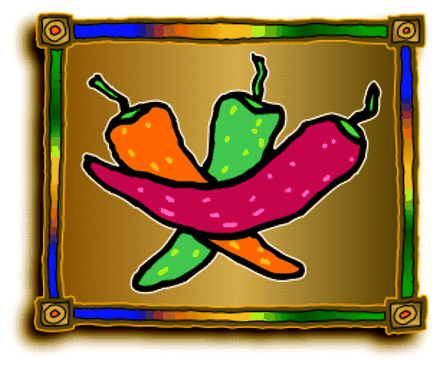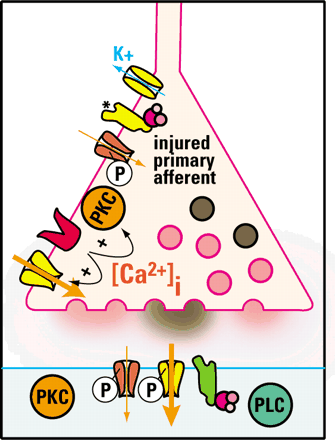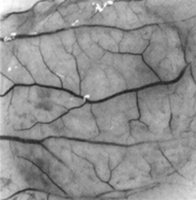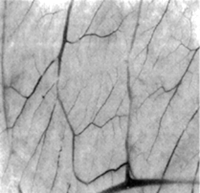Sites of interest on the World Wide Web—edited by Rick Neubig
How Many Scoville Units Was that Salsa?
One of the key findings in pain research in the last few years has been the discovery of the receptor for capsaicin, the pain-producing
substance in hot peppers. Although this discovery has led to the use of capsaicin for the treatment of pain, many people depend
on the compound for its more traditional ability to evoke, rather than alleviate, sensation. Whether your interests are pharmacological
or gastronomical, The Chile Heat Scale awaits you (http://ushotstuff.com/Heat.Scale.htm). The site presents some useful, but simple, science about capsaicin, and gauges just how hot a pepper can get.
Speaking of Pain
In this issue, Porreca and colleagues (pp 160-167) describe new research into the mechanism of neuropathic pain. Neuropathic
pain is one type of chronic pain syndrome in which stimuli that are typically innocuous lead to a sensation of pain. This
has been one of the most difficult clinical problems in pain management; it seems to arise from neuronal pathways or mechanisms
that don't play a major role in normal pain responses. As discussed by Porreca et al., dynophin, which is related to endogenous
opioid compounds, paradoxically appears to work through non-opioid mechanisms to promote pain.
Several good Web sites provide information about pain mechanisms (http://www.sfn.org/briefings/neuropathic.html), treatment options (http://www.uspharmacist.com/NewLook/DisplayArticle.cfm?item_num=536), and a professional society devoted to the study and management of chronic pain (http://www.ampainsoc.org/). The NIH also provides a site with a broad view of the problem of chronic pain and additional links to provide supplementary information (http://www.ninds.nih.gov/health_and_medical/pubs/chronic_pain_htr.htm).
New Cancer Therapies
An outstanding site from the PBS series Nova provides some new information about developments in fighting cancer, particularly by means of new antiangiogenic drugs (http://www.pbs.org/wgbh/nova/cancer/). Another big development in cancer treatment has been the bcr-abl kinase inhibitor, Glivec, that selectively targets the oncogene active in chronic myelogenous leukemia and some other cancers. The UnOfficial STI571 Site has useful links to information on Glivec (http://www.newcmldrug.com/). A more academic look can be found in The Oncologist (http://theoncologist.alphamedpress.org/cgi/content/full/6/3/233).
- © American Society for Pharmacology and Experimental Theraputics 2001





